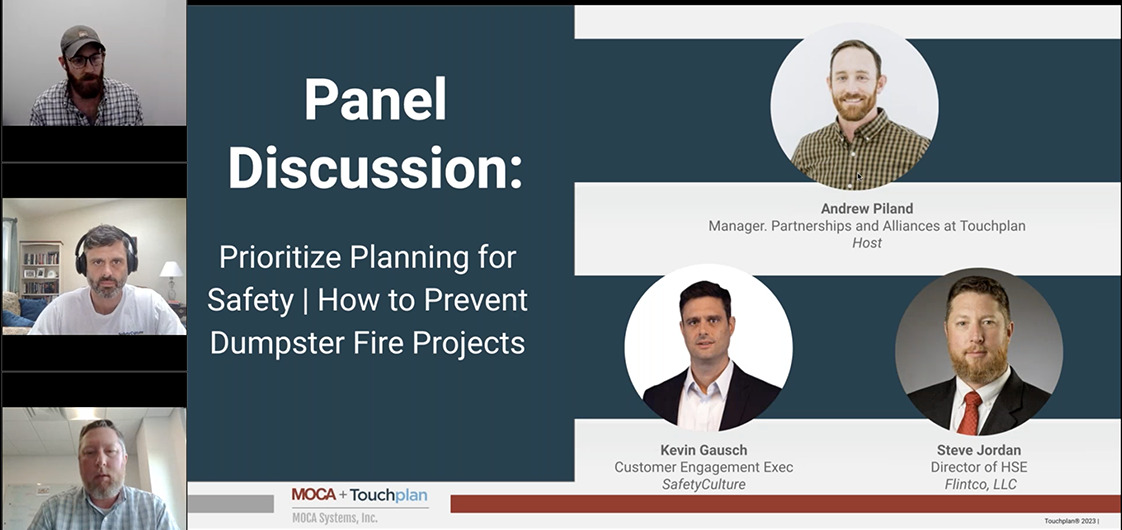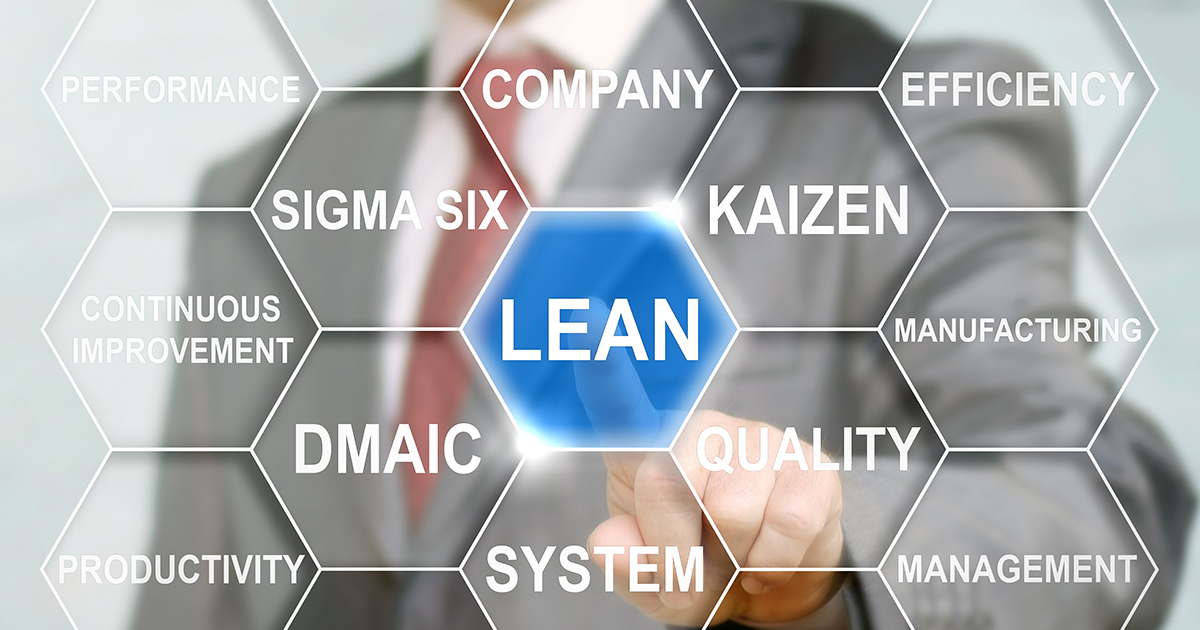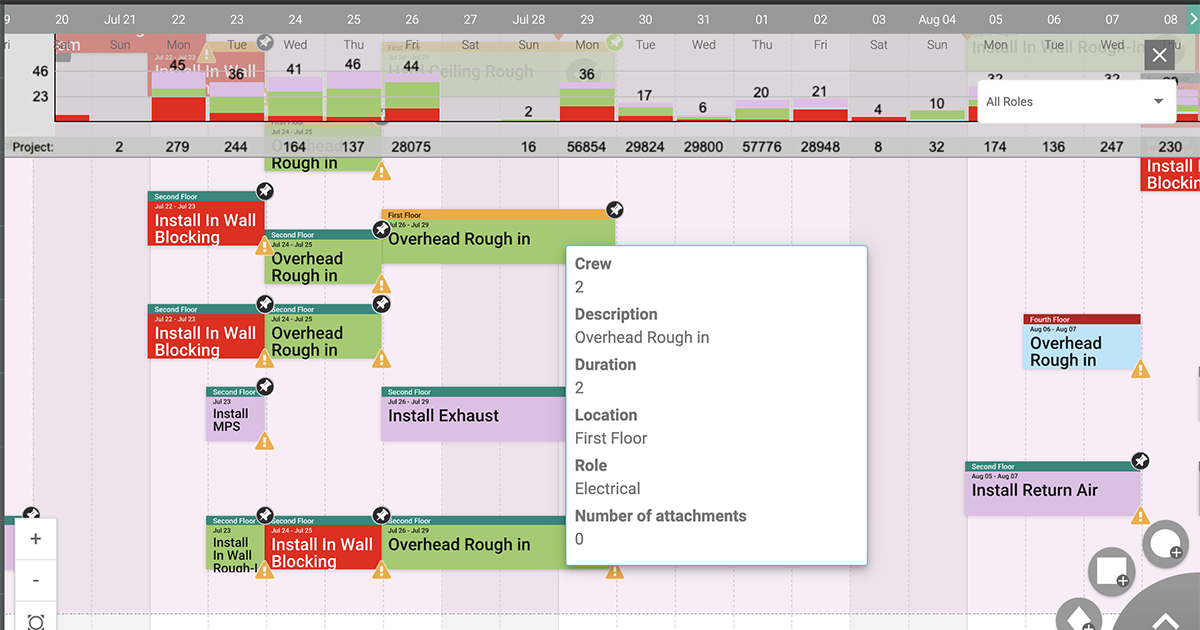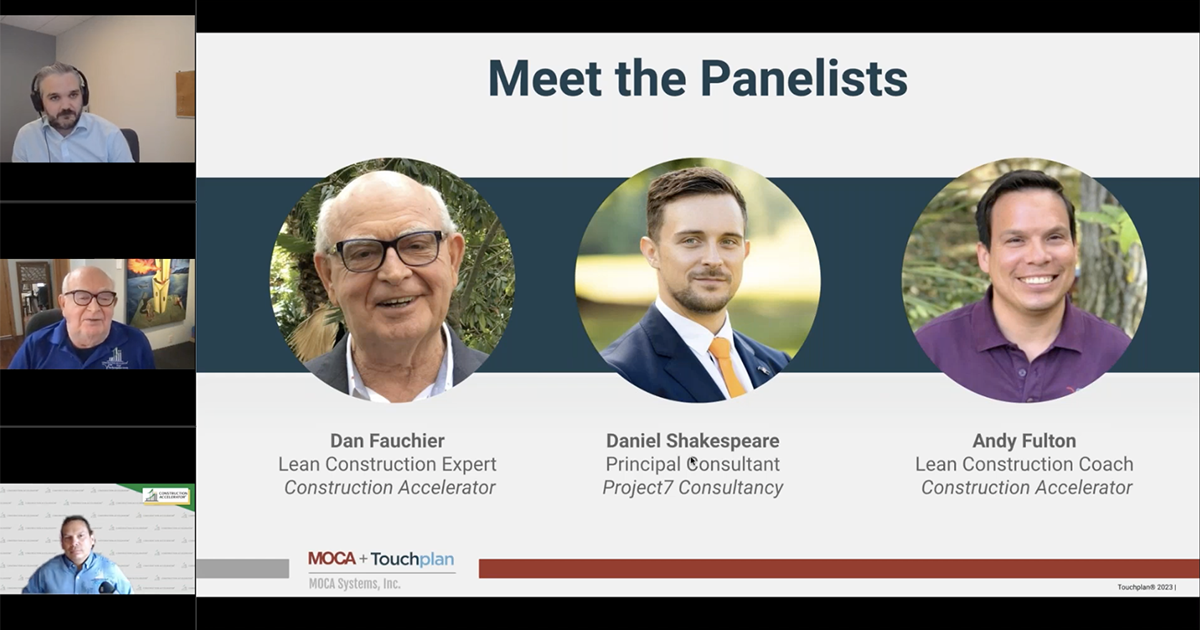By Dr. Anthony Kenneson-Adams.FInstLM., Head of Knowledge Transfer, Project7 Consultancy
Today we present the 4th instalment of an 8-step process to enable you on your journey to Operational Excellence. We trust you will put these steps into action and power-up your journey to Operational Excellence. If you have any questions, please contact us at www.project7consultancy.com.
Implement the plan: Implementing a plan for improvement in continuous process manufacturing and construction involves executing the identified initiatives and actions. Here are steps to help you effectively implement the plan.
- Communicate the Plan: I have seen the power in clearly communicating the improvement plan to all relevant stakeholders, including employees, managers, and other departments or teams involved. When you ensure everyone understands the goals, objectives, and specific actions required for improvement you have a force multiplier for success.
- Assign Responsibilities: Assign clear responsibilities and roles to individuals or teams for executing different initiatives within the plan. Define their authority, accountability, and reporting structure. Ensure that everyone is aware of their roles and the expectations set for them. Never assume actions will just be carried out, assign responsibilities and check for completion.
- Provide Resources: Your people can’t work miracles. Ensure that the necessary resources are available to support the implementation of the improvement plan. This includes providing adequate funding, equipment, materials, technology, and any other resources required to carry out the planned initiatives effectively.
- Develop Detailed Action Plans: Work with the responsible individuals or teams to develop detailed action plans for each initiative. Clearly define the tasks, activities, timelines, milestones, and deliverables. Apply short interval control or Agile methodology to break large tasks into smaller manageable work packets. Ensure that the action plans are realistic and align with the overall improvement objectives.
- Implement Action Plans: Begin executing the action plans according to the defined timelines and milestones. Monitor the progress closely, track the completion of tasks, and ensure that everyone is adhering to the planned activities.
- Monitor and Measure Progress: Implement mechanisms to monitor and measure the progress of each initiative. Regularly track key performance indicators (KPIs) and compare the actual results with the desired outcomes. Use data collection and analysis tools to gather relevant data and insights.
- Address Challenges and Obstacles: Be prepared to address any challenges, obstacles, or roadblocks that arise during the implementation process. Regularly review the progress and identify any issues or barriers that may hinder the successful execution of the plan. Take proactive measures to resolve these challenges and keep the initiatives on track.
- Foster Collaboration and Engagement: Encourage collaboration and engagement among the teams and individuals involved in the implementation. Foster a culture of open communication, encourage sharing of ideas and feedback, and provide a platform for discussions and problem-solving. Regularly update stakeholders on the progress and seek their input.
- Adjust and Adapt: Stay flexible and be willing to adjust the plan as needed based on feedback, insights, and changing circumstances. Continuously assess the effectiveness of the implemented initiatives and make necessary adjustments or refinements to ensure better outcomes.
- Celebrate Achievements and Learn from Failures: Acknowledge and celebrate the achievements and successes resulting from the implementation of the improvement plan. Always recognize the efforts and contributions of individuals and teams. A simple ‘thank you’ goes a long way. Additionally, learn from any failures or setbacks encountered along the way. Analyse the reasons behind the failures, identify lessons learned, and use those insights to improve future implementation efforts.
Remember that implementation is an ongoing process, and continuous monitoring, evaluation, and adjustment are essential for long-term success. Regularly review the progress, evaluate the outcomes, and iterate the plan as needed to drive continuous improvement in the manufacturing process.
If you missed Post 3 the focused on plan development, you can read it here.










